The Coelacanth: A Window into Evolutionary History
The living coelacanth, a remarkable creature of the deep, stands as a testament to the enduring power of ancient lineages. Once thought extinct, its rediscovery in 1938 off the coast of South Africa sent shockwaves through the scientific community, providing a tangible link to a bygone era. This “living fossil,” as it is often called, belongs to a lineage dating back over 400 million years, predating the dinosaurs. Its unique characteristics, remarkably similar to its fossilized ancestors, offer invaluable insights into the evolution of vertebrates, particularly the transition from water to land.
Physical Characteristics and Anatomy
The coelacanth, a powerful and ancient fish, presents a truly unique morphology that sets it apart from most living fishes. Its most striking feature, the lobed fins, immediately captures the attention. These fleshy, limb-like appendages, unlike the fins of typical bony fishes, extend from the body on muscular stalks, resembling the limbs of early tetrapods. These fins, eight in total, move in an alternating pattern, reminiscent of the gait of a four-legged animal. This intriguing characteristic fueled early hypotheses about the coelacanth’s potential role in the evolutionary transition from water to land.
Further distinguishing the coelacanth is the presence of a three-lobed tail fin, a feature rarely found in other extant fishes. This tri-lobed structure, known as a diphycercal tail, differs significantly from the tails of most modern fish. It consists of a central lobe extending from the spinal column, flanked by two equally sized lobes above and below. This distinctive tail, combined with the lobed fins, contributes to the coelacanth’s unusual swimming style, often described as “walking” through the water.
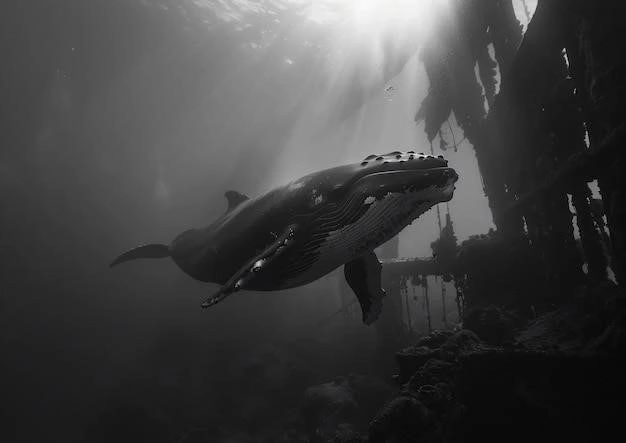
Internally, the coelacanth possesses several remarkable adaptations that reflect its ancient lineage. Unlike most bony fishes, which have a swim bladder filled with gas for buoyancy, the coelacanth possesses a fat-filled organ called a “swim bladder lung.” This organ, likely a vestige of an ancestral respiratory system, hints at a time when the coelacanth’s predecessors may have inhabited shallower, oxygen-poor waters.
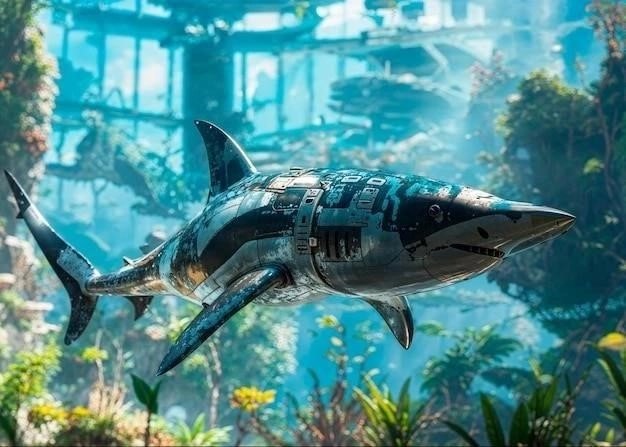
Another intriguing internal feature is the presence of a notochord, a flexible rod that runs along the back, providing skeletal support. In most vertebrates, the notochord is replaced by a bony vertebral column during embryonic development. However, in the coelacanth, the notochord persists throughout life, becoming a large, oil-filled tube. This retention of a primitive characteristic further underscores the coelacanth’s status as a “living fossil.”
The coelacanth’s skull exhibits an equally fascinating adaptation: an intracranial joint. This unique joint divides the skull into two parts, allowing the upper jaw to swing upwards. This mobility, not found in any other living vertebrate, significantly increases the gape of the mouth, facilitating the consumption of large prey. This specialized feeding mechanism, coupled with its electrosensory organs that detect prey in the dark depths, makes the coelacanth a formidable predator in its deep-sea habitat.
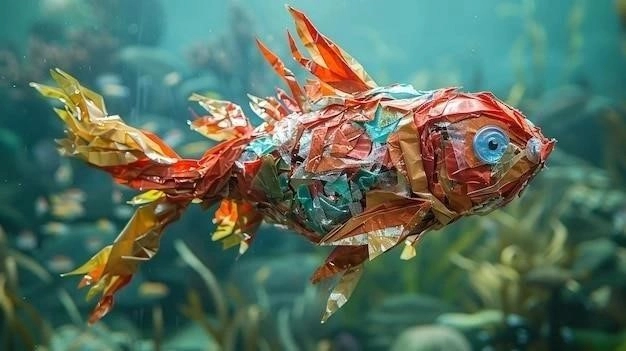
Habitat and Distribution
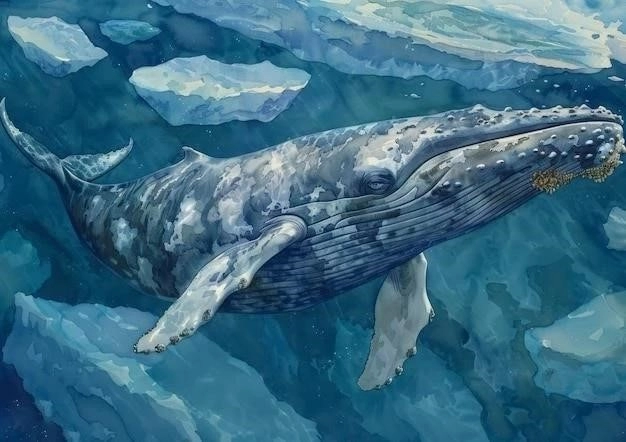
The coelacanth, a creature of the deep, inhabits a very specific and limited ecological niche. This ancient fish favors the twilight zone of the ocean, residing in depths ranging from 100 to 500 meters, where sunlight barely penetrates. This environment, characterized by low light levels, cold temperatures, and high pressure, poses significant challenges for most marine life. Yet, the coelacanth, with its unique adaptations, thrives in this seemingly inhospitable realm.
Coelacanths exhibit a preference for volcanic islands, particularly those with steep slopes and complex underwater topography. These islands provide ideal habitat features: caves and crevices that offer shelter during daylight hours. These underwater havens, often formed by lava flows, provide protection from predators and a respite from the currents. Coelacanths are known to congregate in these underwater caves, often in groups of up to 12 individuals, emerging under the cover of darkness to hunt.
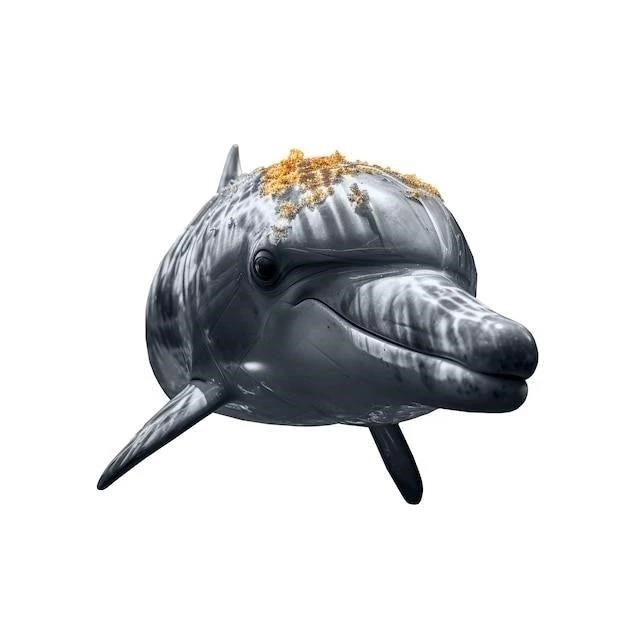
Their distribution, once believed to be restricted to the western Indian Ocean, off the coast of South Africa and the Comoros Islands, expanded dramatically with the discovery of a second species, Latimeria menadoensis, near Indonesia in 1997. This finding, thousands of kilometers from its African counterpart, revolutionized our understanding of coelacanth biogeography. The Indonesian coelacanth, while morphologically similar to its African relative, exhibits distinct genetic and coloration differences, highlighting the evolutionary divergence that can occur in geographically isolated populations.
Despite their global distribution, coelacanth populations remain extremely small and fragmented. The limited range, specific habitat requirements, and low reproductive rates make these ancient fish particularly vulnerable to environmental changes and anthropogenic pressures. Understanding their distribution and habitat preferences is paramount for the conservation of these living fossils. Protecting these unique ecosystems, these underwater oases in the vast ocean, is crucial to ensuring the survival of one of the most ancient and enigmatic creatures on Earth.
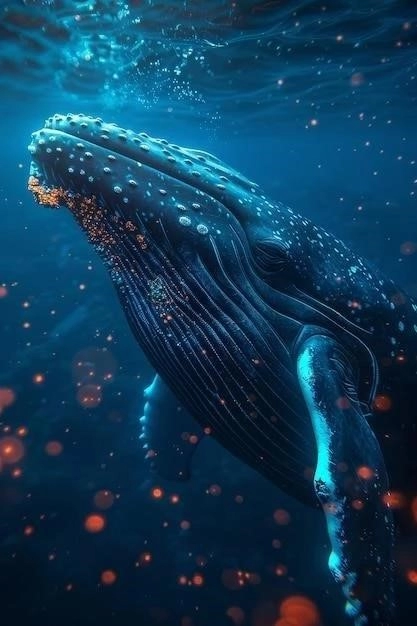
Evolutionary Significance and Genetic Studies
The coelacanth’s discovery in 1938 was nothing short of a biological sensation, overturning the long-held belief that these ancient fish had vanished from the Earth millions of years ago. This “living fossil,” with its striking resemblance to its fossilized ancestors, provided scientists with a unique opportunity to study a lineage that had seemingly defied the passage of time. This glimpse into the distant past revolutionized our understanding of vertebrate evolution, particularly the transition from water to land.
Initially, the coelacanth’s lobed fins, with their bony supports resembling rudimentary limbs, fueled speculation that these fish represented a direct ancestor of tetrapods, the group that includes all four-limbed vertebrates, including amphibians, reptiles, birds, and mammals. However, advancements in genetic analysis revealed a more nuanced story. Comparative genomic studies, including the sequencing of the coelacanth genome in 2013, demonstrated that lungfish, not coelacanths, are the closest living relatives to tetrapods.
Nevertheless, the coelacanth remains an invaluable subject for evolutionary research. Its genome, a treasure trove of genetic information, provides crucial insights into the genetic underpinnings of the transition from fins to limbs. By comparing the coelacanth genome to those of tetrapods and other fish species, scientists can pinpoint the genetic changes associated with the evolution of limbs, lungs, and other adaptations essential for life on land.
Moreover, the coelacanth’s slow rate of evolution, as evidenced by its remarkably conserved morphology over millions of years, offers a unique window into the evolutionary processes that shape biodiversity. By studying the genetic diversity within and between coelacanth populations, researchers can gain a deeper understanding of the factors influencing adaptation, speciation, and extinction. This knowledge is essential for predicting how species might respond to future environmental changes and for developing effective conservation strategies.
Conservation Efforts and the Future of the Coelacanth
The coelacanth, a remarkable symbol of our planet’s evolutionary heritage, faces an uncertain future. This “living fossil,” once thought extinct, now faces a new set of challenges in the modern world—challenges posed by human activities and their impact on the marine environment. Recognizing the precarious status of these ancient fish, conservationists and governments are working together to ensure the coelacanth’s continued survival.
Both known species of coelacanth, Latimeria chalumnae in the western Indian Ocean and Latimeria menadoensis near Indonesia, are listed as Critically Endangered on the IUCN Red List of Threatened Species. This designation underscores the very real threat of extinction that these populations face. The coelacanth’s low reproductive rate, long lifespan, and specialized habitat requirements make it particularly vulnerable to environmental changes and overfishing.
Conservation efforts focus on a multi-pronged approach, encompassing research, habitat protection, and international cooperation. Scientists are working tirelessly to expand our understanding of coelacanth biology, ecology, and population dynamics. This knowledge is crucial for informing effective conservation strategies.

Protecting the coelacanth’s deep-sea habitat, a realm often overlooked in conservation efforts, is paramount. Establishing marine protected areas around known coelacanth aggregation sites, particularly around volcanic islands, is crucial. These protected areas would help to mitigate the impacts of fishing, oil and gas exploration, and other potentially harmful activities.
International collaboration is equally vital. Both the Comoros and Indonesia have taken significant steps to protect their respective coelacanth populations, implementing fishing restrictions and promoting responsible tourism practices. However, continued international cooperation is essential for sharing knowledge, coordinating research efforts, and ensuring the long-term survival of this evolutionary icon.










